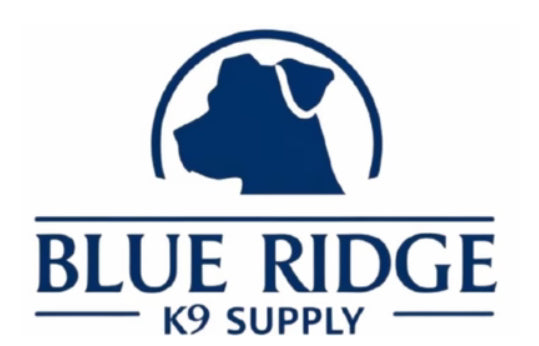Choosing The Right Size Dog Crate: A Comprehensive Guide
When it comes to bringing a new dog into your home or ensuring your current furry friend has the best living space one of the most essential purchases you’ll need to make is a dog crate. Dog crates can be useful for training, travel, and providing a safe space for your pet to rest. However, with so many options on the market, how do you choose the right one? Let’s break down the key factors to consider when selecting a dog crate.
Understand The Purpose Of The Crate
First, you need to understand why you’re getting a crate. There are several reasons Why dog owners use crates, such as:
Training: A crate can be a helpful tool for house training your dog, as dogs naturally avoid soiling their sleeping area.
Travel Crates: Are essential for safe, travel, whether in a car or on a plane.
Behavioral Issues: For anxious dogs, a crate provides a quiet environment away from household chaos.
Once you know, your primary use, it will be easier to choose the appropriate type of crate.
Size Matters
The size of the crate is crucial. If it’s too small, your dog will feel cramped and uncomfortable. If it’s too large, your dog might treat it like a playpen, which defeats the purpose of using it for training and safety.
To find the right size, measure your dog’s length from the nose to the base of their tail and height from the ground to the top of their head when standing. When in the crate, your dog should be able to.
- Stand up fully without their head, touching the top.
- Turn around comfortably.
- Lie down with their legs extended.
Material Of The Crate
Dog crates come in various materials, each offering different benefits. Here’s a breakdown of the most common types:
Wire Crates: These are durable and provide great ventilation, making them an excellent option for both home use and travel. They’re easy to assemble and collapse for storage, but they can be a bit heavy for frequent movement.
Plastic Crates: These are typically used for travel, especially for air, travel, as they comply with most airline regulations. They are more enclosed, offering a bit more security and privacy for your dog, but the ventilation isn’t as good as a wire crate.
Soft Sided Crates: These lightweight crates are ideal for dogs who don’t chew or scratch excessively. They’re portable, easy to store, and suitable for well-behaved dogs. However, they may not be appropriate for dogs that are prone to escape.
Wooden Crates: For more aesthetically pleasing look in your home, wooden crates are an option. They can also double as furniture pieces. However, they are not usually ideal for travel and may not provide the same level of of Ventilation as wire crates.
Portability: If you’re planning to take your crate with you on trips or need it to be collapsible for easy storage, portability is key. Soft sided crates are easy to fold up and carry, while wire crates can often be collapse for storage but are bulkier.
Escape-Proof Crates: For dogs that are escape artists are prone to chewing, it’s important to choose a crate designed to withstand such behaviors. Wire crates tend to be more secure, but some dogs can escape through bars or even bend the metal. Look for models with heavy duty, construction or reinforced doors if you have a particularly determined pup.
Ease Of Cleaning: A crate will inevitably get dirty overtime, whether from food, water, or accidents. It’s important to choose a crate that is easy to clean. Many wire crates have removable trays for easy cleaning, while the plastic crates can be wiped down with a damp cloth. Soft sided crates usually feature removable, washable covers for convenience
Safety Features: When buying a crate, safety is Paramount. Look for crates with secure latches and mechanisms that prevent your dog from accidentally opening the door or escaping. Also avoid crates with sharp edges or hazardous materials that could harm your dog.
Crate Training Considerations: If you’re using the crate for training, ensure that the crate is comfortable and not to restrictive. Add a soft bed or blanket to make the space more inviting. Additionally, if your crate training a puppy, consider purchasing a crate with a divider that can be adjusted as your puppy grows.
Style and Design: Crates come in various styles and designs. If you want a crate that blends into your home decor, you can opt for a wooden or designer crate. For a more basic look, wire and plastic crates are functional and coming a variety of colors.
Budget: Finally consider your budget. Prices for crates can arrange from $30 for basic models to several hundred dollars for designer or extra -large crates. Well, it’s Tempting to buy the cheapest option, investing in high-quality crates will save you money in a long run, as it’s more likely to last and offer comfort and safety for your dog.
Conclusion
Choosing the right dog crate, involves balancing, and comfort, safety, and convenience for both you and your pet. By considering your dog size, behavior, and the crates purpose, you can find the perfect crate to make your dog feel safe and secure. Take your time to evaluate the various options available, and you’ll soon have a dog crate that meets your needs and enhances your dogs well-being.
For a wide range of high-quality dog crates, visit blueridgek9supply.com We offer a variety of sizes and styles to suit all dog breeds!






